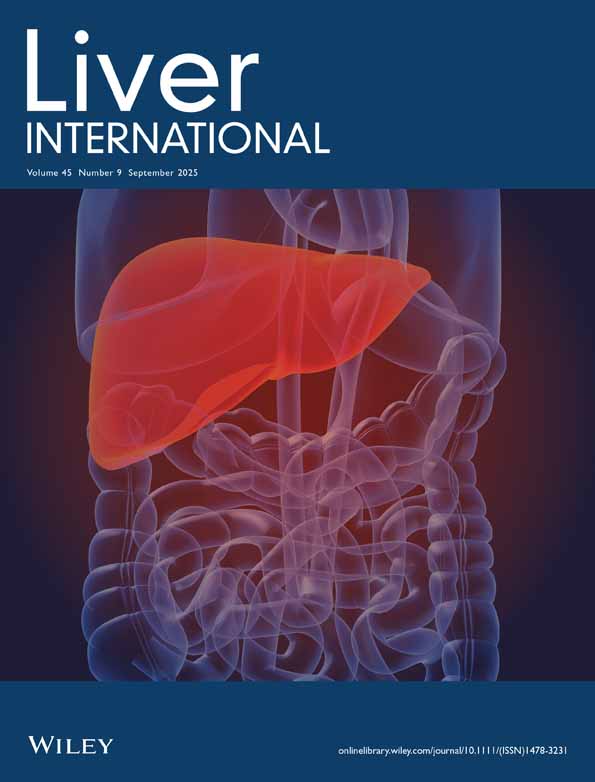Incidence of spontaneous bacterial peritonitis in patients with ascites. Diagnostic value of white blood cell count and pH measurement in ascitic fluid
Abstract
ABSTRACT— During a 21-month period, 65 consecutive patients admitted with ascites were included in a prospective study of the incidence of spontaneous bacterial peritonitis, and paracentesis was performed on admission. The ascitic fluid was cultured, ascitic leucocytes were counted and pH was measured. Bacterial growth was found in five patients with chronic liver disease, who were diagnosed as having spontaneous bacterial peritonitis (SBP), since no intra-abdominal focus could be demonstrated. Thus, the incidence of SBP in this material was 7.7% (95% confidence limits: 2.5–17%). SBP was caused by Escherichia coli (n = 3), coagulase negative staphylococcus (n = 1), and Bacteroides species (n = 1). Abdominal tenderness, abnormal intestinal sounds, fever and hepatic encephalopathy were equally frequent in the group with SBP and in patients with sterile ascites. Infection was not anticipated in any of the patients with SBP. In contrast to several previous studies, neither ascites pH nor ascites leucocyte counts were any help in obtaining a rapid diagnosis. Survival time of patients with SBP was significantly shorter than of patients without SBP.




